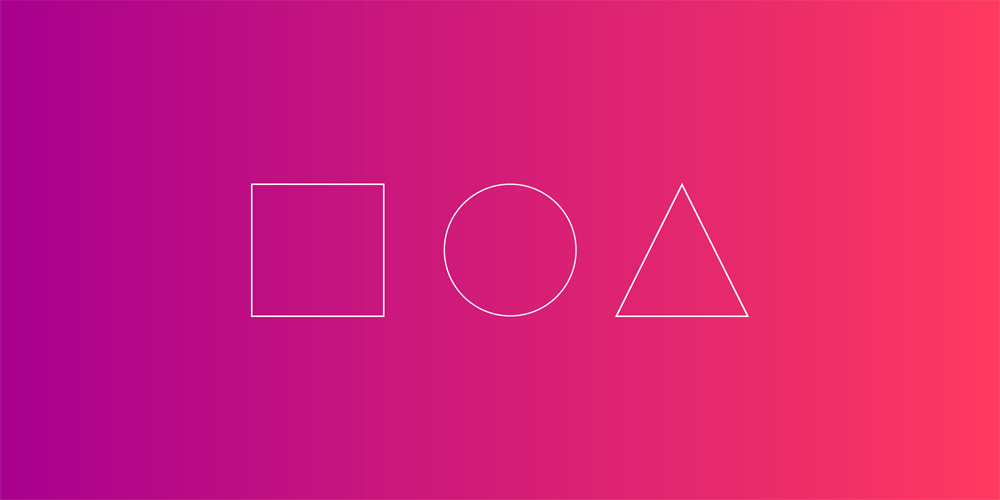More than often, less means more. Many designer tend to lean to more details in order to get more results. However, they usually forget that simplicity can the best way to efficiently convey a message.
First of all, perfection in design is not possible. You can never simultaneously satisfy all of the possible objectives for any created design. For example, a pen can be an excellent tool for writing, until you did something wrong and need to erase.
A pencil can be a solution. It's erasable and cheaper. But it falls when you need to sign contracts, for example.
So for any product, there are no mathematics involved for deciding which objectives to satisfy, even for accurately defining an optimal solution within any of those objectives. While there are methods that can effectively evaluate and illuminate promising directions, they are sensitive tools that work as guides, not maps.
All design involves too many possible objectives and solutions for complete confidence. So a perfect design, in the broadest mean, is impossible.

It is not possible to define perfection because there are too many possible goals, uses, and users for any given object or environment. Every designed object has have evolved and been improved upon by several generations of inventors, designers, and fabricators who bring to it their unique perspective.
Design always involves choices, and within a set of constraints, designs need to compromise its essential characteristic.
Everything that is designed is a result of a series of negotiations between materials, manufacturing methods, time, and money. Functional design and user experience can create tension as can price and performance goals.
All Designs Are Flawed And Have Weaknesses, But They Are Not Bad

Although there is no perfect design, it doesn't mean that that every design is a failure. Designs are usually not against the absolutes, but actually against each other. Knowing that imperfections of design cannot be eliminated, designers can elevate the appreciation of the creative achievement by minimizing the 'visible' flaws.
Because all designs involve tradeoffs and unintended consequences, something will be left out or partially implemented.
So here we can see that design should be something that see beyond the obvious. Successful design can be inspired by loosely connected or unrelated ideas. Innovation frequently occurs at the intersection of wholly unrelated fields and industries.
Because perfection can never be achieved, the more details a design has, the further it has to maintain that characteristics. And because people have different tastes, each characteristic that a design has, can put it to a burden.
Messages are becoming more obscured, hidden behind elements that are added.
So rather than adding things for plain aesthetic, the closest way for a design to be perfect, is to take everything away until there are nothing else to remove. Simplicity is everywhere. And we sure do love it when we see it.
The bare simplicity is what makes a message stands out in the world where designs are competing with each other.
Imperfectly "Clear"

But pure simplicity won't be usable if it's not built for a purpose. So what does it means by simplicity that works here? In short, it's clarity.
Not everything can be simple, and not everything can be easy to use. Many designs are necessarily complex, but if they want to put simplicity here, they need to clarify the purpose to blur people's focus from flaws. This is because clarity in a design makes all kinds of good design practices can be applied to make the complex appear simple and built for purpose.
No matter how complex a design, or no matter how many purpose a design supports, every detail should be clear and understandable. This is where simplicity makes everything clearer.
So here designers need to apply clarity to each and every design interaction. Remember that a good design improves things no matter the situation. Understanding this, designers should see that great design is born out of simplicity and clarity.
Remember that each imperfection a design has, it creates a unique opportunities to differentiate from others. Nature has given us many examples. So here, imperfection is indeed a beauty on its own.
